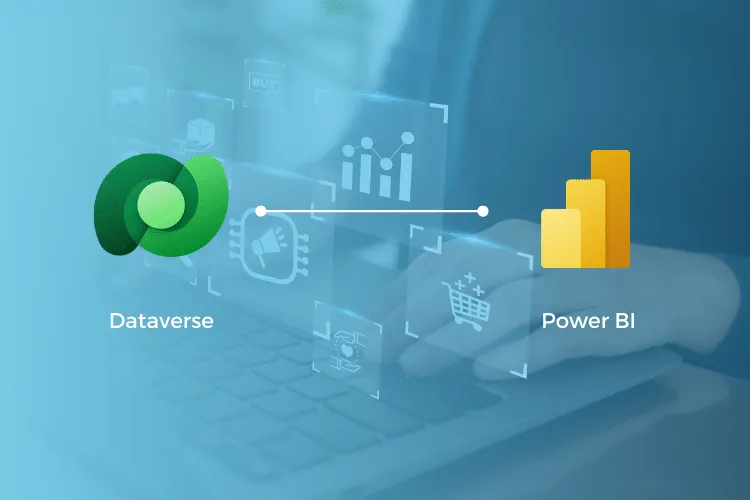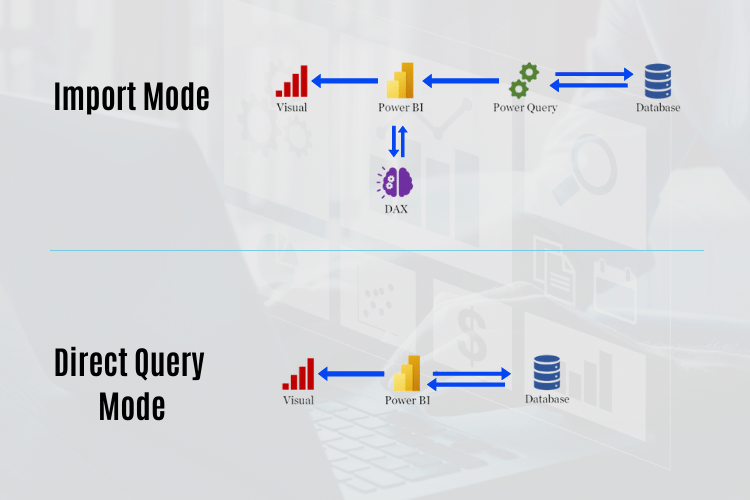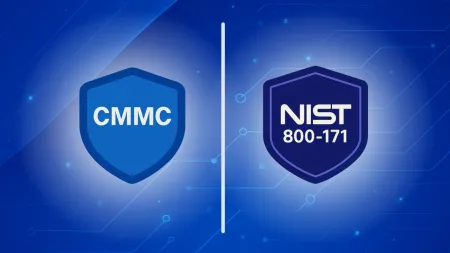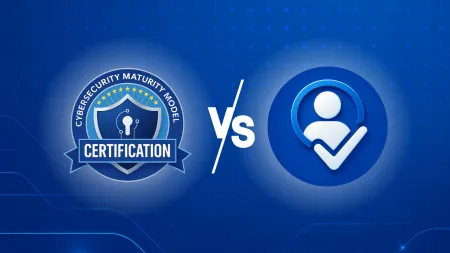Maximizing Data Insights: Integrating Power BI with Microsoft Dataverse
Since its introduction in 2016 Microsoft Dataverse has been a gamechanger in the realm of data management As a lowcode data platform Dataverse p...

Since its introduction in 2016, Microsoft Dataverse has been a game-changer in the realm of data management. As a low-code data platform, Dataverse provides a unified and scalable data schema, allowing for a more structured and relational approach to data storage and management.
The integration of Power BI with Microsoft Dataverse is a significant development for BI experts. It allows for direct access to the unified data schema, enabling real-time analytics and data-driven decision-making. This integration breaks down data silos, creating a cohesive data ecosystem that can drive strategic decisions and business growth.
The Power of Integration: Benefits of Power BI and Microsoft Dataverse Integration
The integration of Power BI with Microsoft Dataverse brings forth a multitude of benefits that can significantly enhance the capabilities of BI experts. Here are some key advantages:
- Unified Data Schema: Dataverse’s unified data schema allows for a more structured approach to data storage and management. When integrated with Power BI, this unified schema can be directly accessed, enabling real-time analytics and data-driven decision-making.
- Real-time Analytics: With the use of Direct Query, Power BI can tap directly into the data stored in Dataverse. This allows for real-time data analysis, a crucial feature for businesses that require up-to-the-minute insights.
- Data Security and Compliance: Dataverse provides robust security measures, including row-level security, field-level security, and audit logs. When Power BI sources data from Dataverse, these security measures remain intact, ensuring that your data is secure and compliant.
- Streamlined Data Management: The integration simplifies data management by eliminating the need for data duplication. Power BI can directly access and analyze data from Dataverse, reducing the complexity of data management.
- Enhanced Data Accessibility: With Dataverse acting as a centralized data repository, Power BI can access data from various sources in a unified manner. This enhances data accessibility and allows for more comprehensive data analysis.
Understanding DirectQuery in Power BI for Microsoft Dataverse
 Before the advent of DirectQuery, data professionals faced several challenges when it came to data integration and analysis:
Before the advent of DirectQuery, data professionals faced several challenges when it came to data integration and analysis:
Data Refresh Delays: Traditional data import methods in Power BI require scheduled data refreshes. This means that the data used for analysis might not reflect the most recent state, leading to potential inaccuracies in reporting and decision-making.
Memory Limitations: Power BI has a data model size limit in the Import mode. This posed a challenge for data professionals dealing with large datasets, as they had to carefully manage and often reduce their data to fit within these constraints.
Complex ETL Processes: Without DirectQuery, data professionals often had to resort to complex ETL (Extract, Transform, Load) processes to prepare their data for analysis. This not only required additional resources and tools but also added a layer of complexity to the data analysis process. source
Data Security Concerns: Importing data into Power BI means creating a copy of the data outside of its original source. For organizations with strict data governance and security policies, this could raise concerns about data security and compliance. DirectQuery addresses these challenges by allowing Power BI to run queries directly on the data source, in this case, Microsoft Dataverse. This eliminates the need for data import, provides real-time data access, and simplifies the data analysis process. However, it’s important to note that DirectQuery comes with its own set of limitations. In the next section, we’ll discuss how to overcome these limitations and optimize the Power BI and Microsoft Dataverse integration.
Overcoming Limitations: Best Practices for Power BI and Microsoft Dataverse Integration
While Direct Query offers significant advantages, it is important to be aware of its limitations and how to navigate them effectively. Here are some strategies for optimizing the Power BI and Microsoft Dataverse integration:
- Understanding Direct Query Limitations: Direct Query does not support all the features of Power BI. For instance, certain DAX functions and calculated columns are not available. Understanding these limitations can help you plan your data model and reports accordingly. Here are some key points to consider:
- Direct Query does not support time intelligence functions, which can be a crucial part of many BI scenarios.
- Calculated columns are computed during the loading of data, which is not possible with Direct Query as the data remains in the source.
- Direct Query does not support the use of many-to-many relationships in data modeling.
- Optimizing Data Models: To maximize performance, it’s crucial to optimize your data models. This could involve reducing the number of columns, filtering rows, or summarizing data at a higher level in Dataverse before connecting to Power BI. Here are some strategies:
- Reduce the number of columns: Only include necessary columns in your data model. Each additional column consumes more memory and can slow down your reports.
- Filter rows: Limit the amount of data that Power BI needs to load by filtering out unnecessary rows.
- Summarize data: If detailed data is not required for your analysis, consider summarizing it at a higher level in Dataverse.
- Managing Data Security: While Direct Query maintains the security measures of Dataverse, you should also leverage Power BI’s security features, such as Row-Level Security (RLS), to control data access within your reports. Here are some key points:
- Implement Row-Level Security: RLS allows you to control data access at the row level based on user roles. This is especially important when dealing with sensitive data.
- Use dynamic data masking: This feature helps prevent unauthorized access to sensitive data by masking it to non-privileged users.
- Secure your data gateway: If you’re using a data gateway to connect to Dataverse, ensure it is secured and properly configured.
- Ensuring Data Quality: Data quality is key to reliable analysis. Regularly validate and clean your data in Dataverse to ensure your Power BI reports are accurate and meaningful. Here are some strategies:
- Validate data at entry: Implement data validation rules in Dataverse to ensure the accuracy and consistency of data at the point of entry.
- Regularly clean data: Schedule regular data cleaning processes to identify and correct errors, duplicates, or inconsistencies in your data.
- Monitor data quality: Use Power BI’s data profiling features to monitor data quality and identify potential issues.
The integration of Power BI and Microsoft Dataverse offers a powerful combination for data professionals. It provides real-time data access, simplifies data management, and enhances data security. While there are challenges and limitations to navigate, with a clear understanding and strategic approach, these can be effectively managed. By optimizing data models, managing data security, and ensuring data quality, you can unlock the full potential of your data and drive meaningful insights for your organization.
Need help with Power BI and Microsoft Dataverse integration? Contact Agile IT today. Our team of experts is ready to guide you through the process, ensuring you unlock the full potential of your data. Let’s transform your data landscape together.





